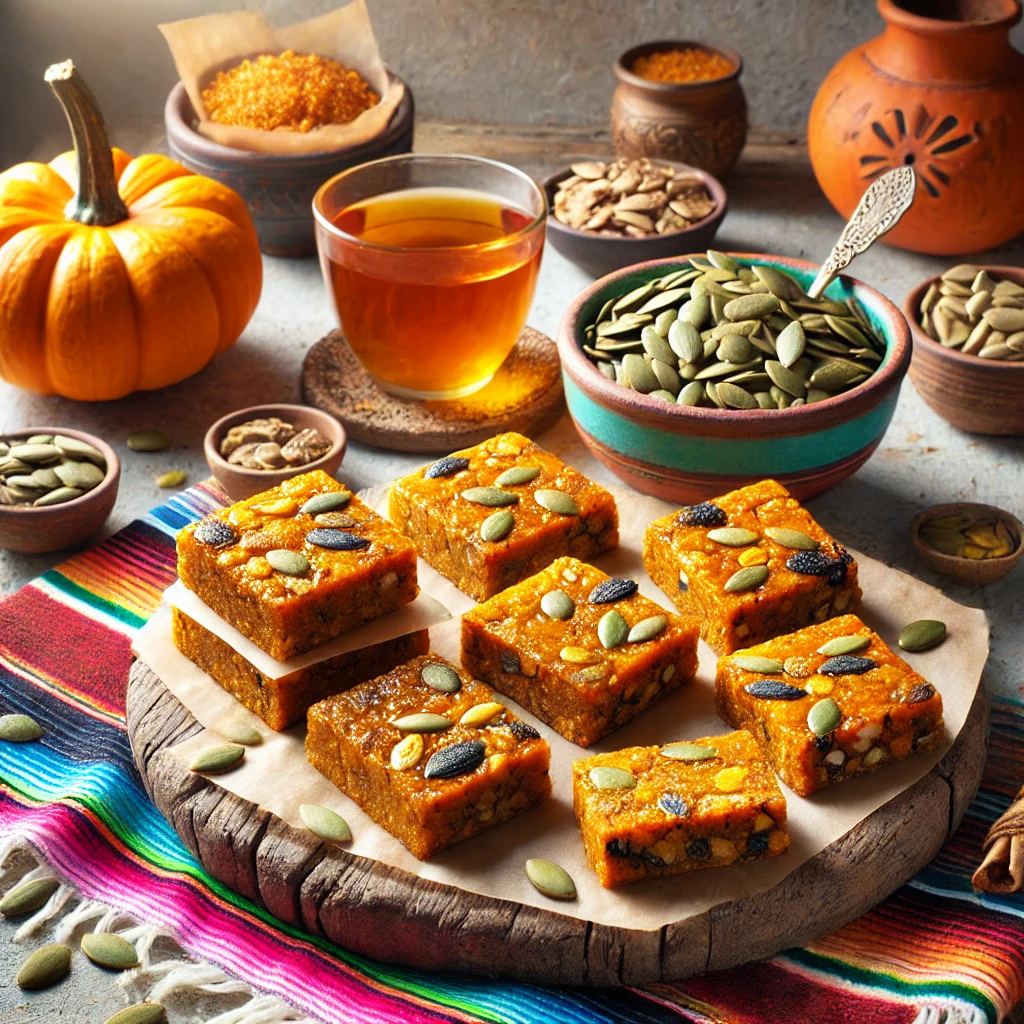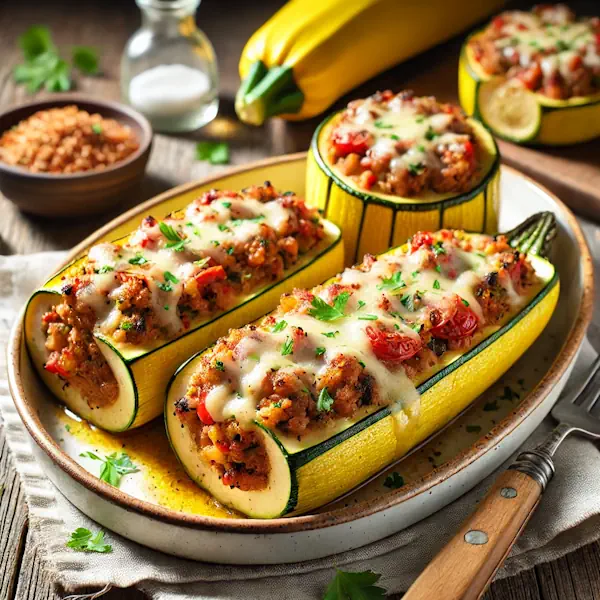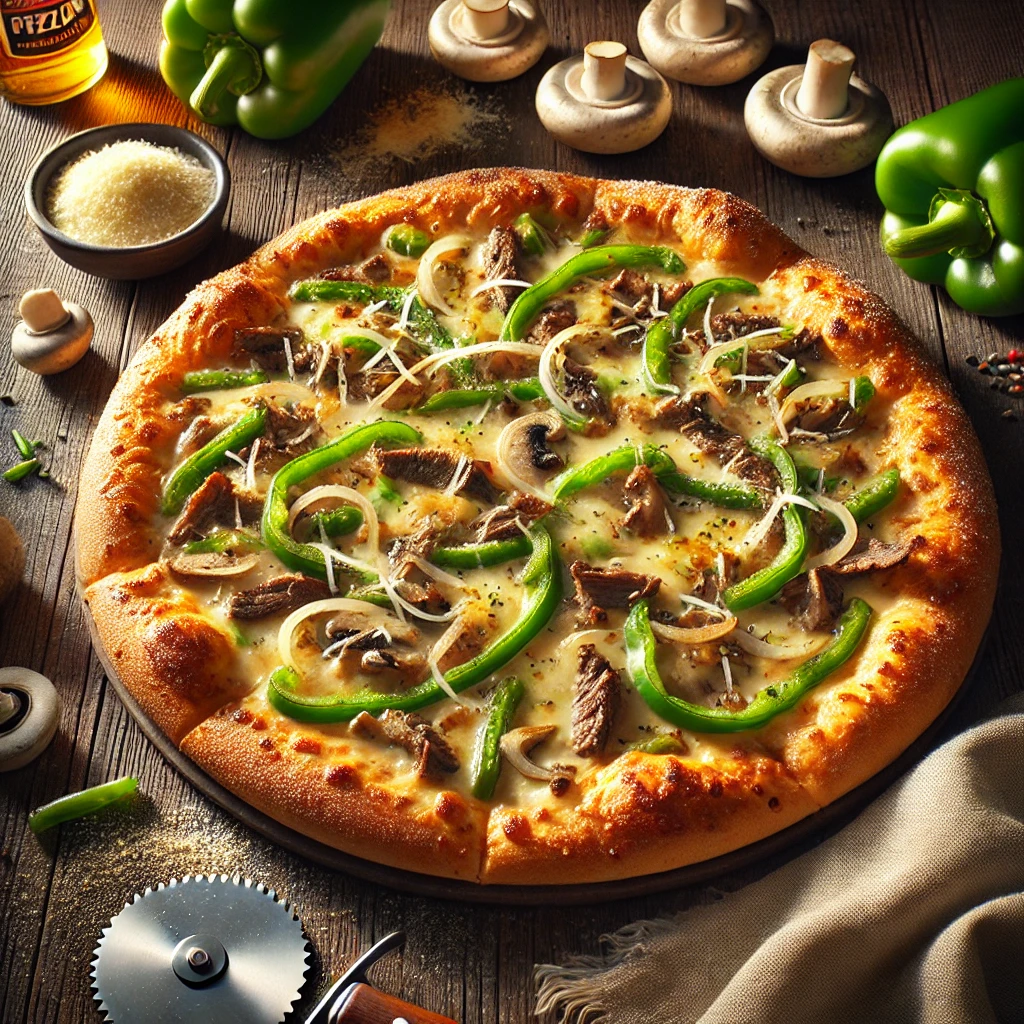Syrup
Syrup
Ingrediënten
- 4 cups 1 liter of water
- 4½ cups 1 kg Granulated sugar
Instructies
- Slowly bring the water and sugar to a boil.
- Skim off the foam and continue boiling until the liquid is clear.
Notes / Tips / Wine Advice:
• If you add a few more tablespoons of cold water just before the mixture boils and stir it once more, it will be easier to skim off the foam.
• Cover the pot for a few moments as soon as it begins to boil. The sugar that is stuck to the edge will be dissolved in the steam and will not go to waste.
• Simple syrup is simple to prepare and can be stored in a tightly closed container in a cool place without a problem for 2–3 weeks.
How to Tell: The liquid should be clear and transparent.
How to Tell: The sugar syrup drops from a spoon in wide threads.
Use: for stewed fruit and brushing on baked goods
How to Tell: Dampen your thumb and forefinger, put some of the syrup on your finger, and see if a thread forms as you open and close them.
Use: for ice cream, glazes, candied fruit, stewed fruit
How to Tell: The test is just like the “soft thread,” except the sugar threads must be significantly longer.
Use: for compote, jam, and thick glazes
How to Tell: Quickly dip a wire loop in the syrup and blow on it lightly. The sugar mixture should form small bubbles.
Use: for fondant glazes, shiny glazes, for brushing on Danishes and schnecken pasties
How to Tell: The test is just like the “soft ball,” except the bubbles should be larger and should form a chain.
Use: marmalades, fondant, and meringue
How to Tell: If you dip a silver spoon in ice water, then in the sugar syrup, then in ice water again, the sugar should form a pliable, unbreakable ball.
Use: fondant for bonbons and sugar foam
How to Tell: Dampen the end of a wooden chopstick or cooking spoon handle and dip first in the sugar, then in cold water. When the sugar releases from the wood, it should break like glass and, when tasted, should not stick to the teeth.
Use: for candy, sugaring fruit, and for creating sugar thread decorations
How to Tell: Caramel sugar is light brown/golden, viscous, and uniform.
Use: Grillage and Dobos glaze
• Cover the pot for a few moments as soon as it begins to boil. The sugar that is stuck to the edge will be dissolved in the steam and will not go to waste.
• Simple syrup is simple to prepare and can be stored in a tightly closed container in a cool place without a problem for 2–3 weeks.
Spinning Tales; or, How to Cook Sugar
Simple syrup is as important to the sweet kitchen as stock is to sauce, from glazing to canning. But simple syrup (see recipe above) is just a basic product. To be able to use it further in any of the many possible ways, it usually must be boiled to a particular consistency, or as they say in the trade, spun. To be as exact as possible, a candy thermometer is absolutely necessary in a professional kitchen. However, there are a few old confectioners’—and housewives’—tricks to knowing the right consistency without a thermometer.SIMPLE SYRUP
Temperature: (98–100 °C)How to Tell: The liquid should be clear and transparent.
THREAD
Temperature: just over (100 °C)How to Tell: The sugar syrup drops from a spoon in wide threads.
Use: for stewed fruit and brushing on baked goods
SOFT THREAD
Temperature: (104–105 °C)How to Tell: Dampen your thumb and forefinger, put some of the syrup on your finger, and see if a thread forms as you open and close them.
Use: for ice cream, glazes, candied fruit, stewed fruit
HARD THREAD
Temperature: (107–108 °C)How to Tell: The test is just like the “soft thread,” except the sugar threads must be significantly longer.
Use: for compote, jam, and thick glazes
SOFT BALL
Temperature: (112–113 °C)How to Tell: Quickly dip a wire loop in the syrup and blow on it lightly. The sugar mixture should form small bubbles.
Use: for fondant glazes, shiny glazes, for brushing on Danishes and schnecken pasties
FIRM BALL
Temperature: (114–117 °C)How to Tell: The test is just like the “soft ball,” except the bubbles should be larger and should form a chain.
Use: marmalades, fondant, and meringue
HARD BALL
Temperature: (123–125 °C)How to Tell: If you dip a silver spoon in ice water, then in the sugar syrup, then in ice water again, the sugar should form a pliable, unbreakable ball.
Use: fondant for bonbons and sugar foam
SOFT CRACK
Temperature: (135–138 °C)How to Tell: Dampen the end of a wooden chopstick or cooking spoon handle and dip first in the sugar, then in cold water. When the sugar releases from the wood, it should break like glass and, when tasted, should not stick to the teeth.
Use: for candy, sugaring fruit, and for creating sugar thread decorations
HARD CRACK
Temperature: (146–150 °C)How to Tell: Caramel sugar is light brown/golden, viscous, and uniform.
Use: Grillage and Dobos glaze




